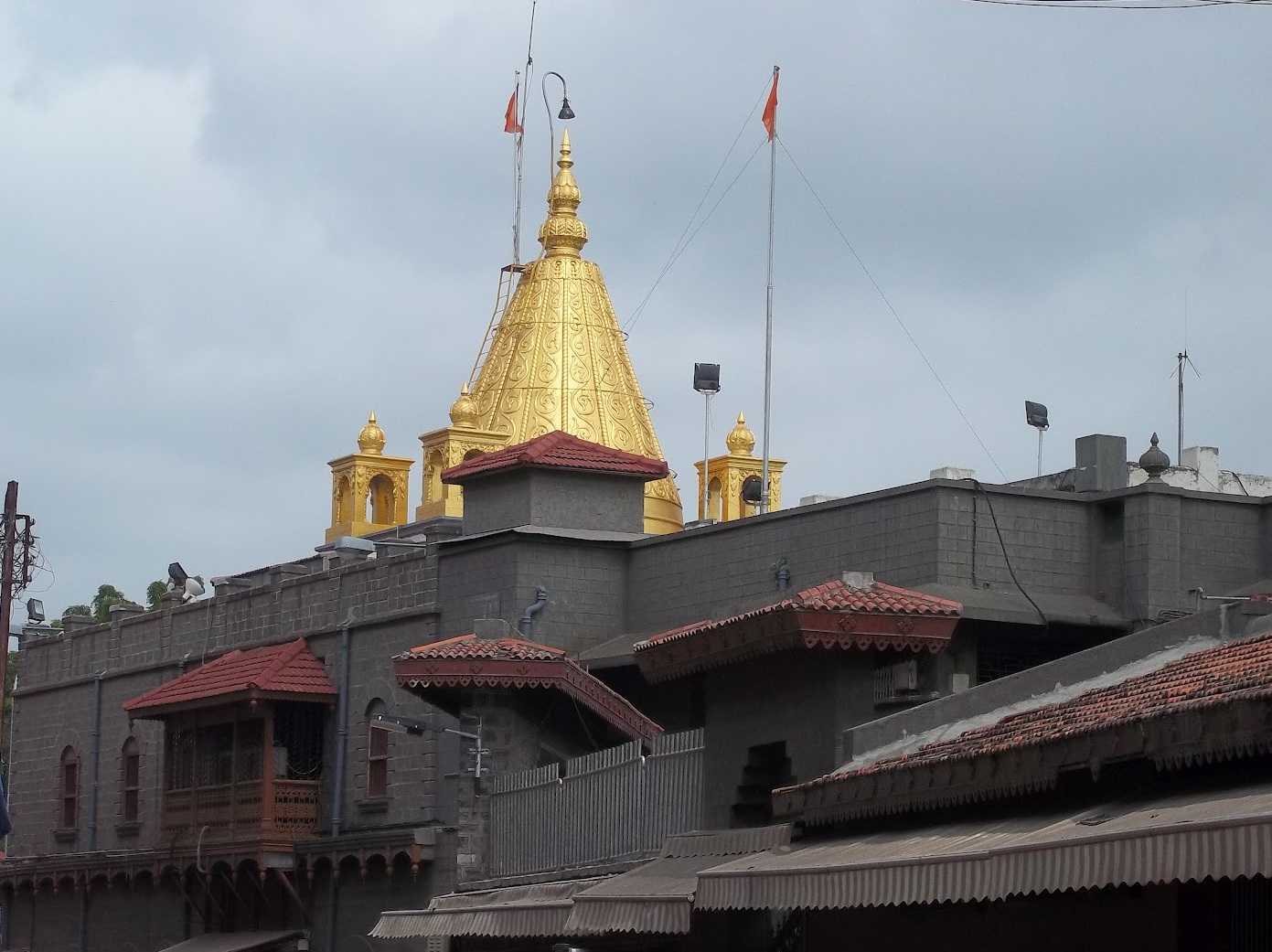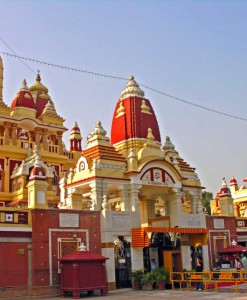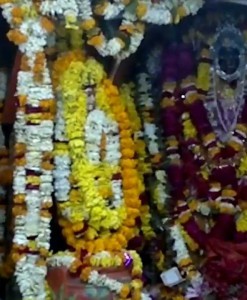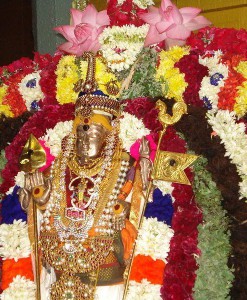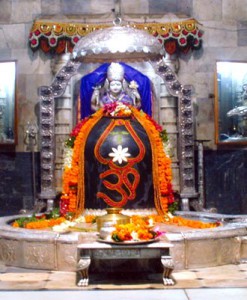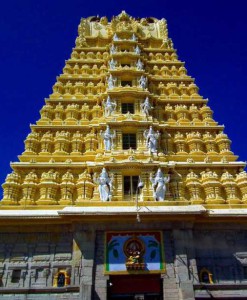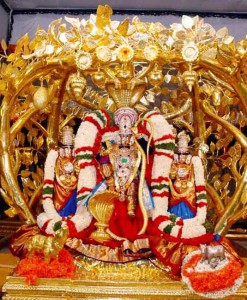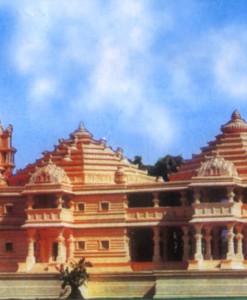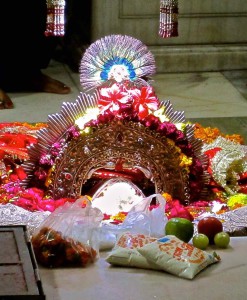No products in the cart.
Shirdi is a town located in the Ahmednagar district of the state of Maharashtra and is at a distance of 296 kms from Mumbai, the state capital. Shirdi is most famous for the Shirdi Sai Baba Temple which has been constructed on the Samadhi of Shri Sai Baba. It was established in 1922 to carry out the services of Shirdi Sai Baba.
It is believed that Sai Baba arrived in the town of Shirdi when he was 16 years old and lived here until his death. It is also believed that Sai Baba took shelter in the Khandoba Temple, where a villager by the name of Mahalsapathi in the temple called him “Sai” or Saint Sai Baba.
Shirdi Sai Baba, also known as Sai Baba of Shirdi, was an Indian guru, yogi and fakir who is regarded by his Hindu and Muslim followers as a saint. Shri Sai Baba is revered as one of the greatest saints ever seen in India, endowed with unprecedented powers, and is worshipped as a God incarnate. (SAI meaning Sakshaat Ishwar) – GOD THE ABSOLUTE.
Shirdi Sai Baba encouraged his devotees to pray, chant God’s name and read holy scriptures – he told Muslims to study the Qur’an and Hindus texts like the Ramayana, Vishnu Sahasranam, Bhagavad Gita (and commentaries to it), Yoga Vasistha. Another example of the way he combined both faiths is the Hindu name he gave to his mosque, Dwarakamai. He advised his devotees and followers to lead a moral life, help others, treat them with love and develop two important features of character: faith (Shraddha) and patience (Saburi). He also criticized atheism. In his teachings Sai Baba emphasised the importance of performing one’s duties without attachment to earthly matters and being ever content regardless of the situation.
Shirdi Sai Baba also interpreted the religious texts of both faiths. According to what the people who stayed with him said and wrote he had a profound knowledge of them. He explained the meaning of the Hindu scriptures in the spirit of Advaita Vedanta. This was the character of his philosophy. It also had numerous elements of bhakti. The three main Hindu spiritual paths – Bhakti Yoga, Jnana Yoga and Karma Yoga – were visible in the teachings of Shirdi Sai Baba.
He said that everyone was the soul and not the body. He advised his disciples and followers to overcome the negative features of character and develop the good ones. He taught them that all fate was determined by karma.
Shirdi Sai Baba left no written works. His teachings were oral, typically short, pithy sayings rather than elaborate discourses. Sai Baba would ask his followers for money (dakshina), which he would give away to the poor and other devotees the same day and spend the rest on matches. According to his followers he did it in order to rid them of greed and material attachment.
Sai Baba encouraged charity and the importance of sharing with others. He said: “Unless there is some relationship or connection, nobody goes anywhere. If any men or creatures come to you, do not discourteously drive them away, but receive them well and treat them with due respect. Shri Hari (God) will be certainly pleased if you give water to the thirsty, bread to the hungry, clothes to the naked and your verandah to strangers for sitting and resting. If anybody wants any money from you and you are not inclined to give, do not give, but do not bark at him like a dog.”
Shirdi Sai Baba Temple, Maharashtra
Sai Baba was born in 1838 and died in 1918. His real name, birthplace and date of birth are not known. Revered equally by both Hindus and Muslims, Sai Baba lived in a mosque and after he died was cremated in a temple. Sai Baba founded the philosophy of “Shraddha” meaning faith and “Saburi” meaning compassion and according to him both of these virtues were very important to reach the state of godliness. His parentage, birth details, and life before the age of sixteen are obscure, which has led to a variety of speculations and theories attempting to explain the SaiBaba’s origins. In his life and teachings he tried to reconcile Hinduism and Islam: SaiBaba lived in a mosque, was buried in a Hindu temple, practised Hindu and Muslim rituals, and taught using words and figures that drew from both traditions. One of his well-known epigrams says of God: “Allah Malik” (“God is Master”).
He led an ascetic life, sitting motionless under a neem tree and meditating while sitting in an asana. Sai Baba took Mahasamadhi on October 15, 1918 at 2.30pm. He died on the lap of one of his devotees with hardly any belongings, and was buried in the “Buty Wada” according to his wish. Later a mandir was built there known as the “Samadhi Mandir”.
The most important festivals and events that are celebrated in Shirdi are Ramnavami (March/April), Guru Purnima (July) and Vijayadashami (September). These festivals are celebrated with great passion, verve and he artfulness. These are the only days when the Samadhi Mandir of Shirdi opens for the whole night. Every Thursday, a palakhi bearing a photograph of the sage is taken out from the temple.
Temple Pooja Daily Schedule
| Time | Programme |
| 4:00 AM | Temple open |
| 4.15 AM | Bhupali |
| 4:30 AM – 05:00 AM | Kakad Aarti (morning) |
| 5:00 AM | Bhajan in Saibaba Mandir |
| 5.05 AM | Holy Bath of Shri Sai Baba (Mangal Snaan) in Samadhi Mandir |
| 5:35 AM | Aarti “Shirdi Majhe Pandharpur” |
| 5:40 AM | Darshan begins in Samadhi Mandir |
| 11:30 AM | Dhuni Pooja with rice and ghee in Dwarkamai |
| 12:00 PM- 12:30PM | Mid day Aarti |
| 4:00 PM | Pothi (Devotional reading/Study) in Samadhi Mandir |
| At Sunset (20 min.) | Dhoop Aarti |
| 8:30 – 10:00 PM | Devotional Songs in Samadhi Mandir and other Cultural Programmes (if any) |
| 9:00 PM | Chavadi and Gurusthan closes |
| 9:30 PM | In Dwarkamai water is offered to Baba, a mosquito net is hung and the hanging lamp is lit |
| 9:45 PM | Dwarkamai (the upper part) closes |
| 10:30 PM-10:50 PM | Shej (night) Aarti, after this , a shawl is wrapped around the statue in the Samadhi Mandir, a Rudraksha mala is put around baba’s neck, Mosquito net is hung, and a glass of water kept there |
| 11:15 PM | Samadhi Mandir closes after night Arati |
Abhishek Pooja Timings
| 1st Batch | 7.00 am to 8.00am |
| 2nd Batch | 9.00am to 10.00 am |
| 3rd Batch* | 11:00 am to 12:00 pm |
Depends on the Crowd Note: amount payable for Abhishek Pooja is Rs 101/- only | |
Satyananarayan Pooja timings
| 1st Batch | 07.00 am to 08.00am |
| 2nd Batch | 09.00am to 10.00 am |
| 3rd Batch | 11.00am to 12.00 pm |
| 4th Batch* | 01:00pm to 02:00 pm |
| 5th Batch* | 03:00pm to 04:00 pm |
| *Depends on the crowd | |
Shirdi is a famous centre of pilgimage and can be reached from several important cities of Western and Southern India. Also known as the Land of Sai, Shirdi is very well connected to the rest of the country and only recently got its own railway station in March 2009 which is named Sainagar Shirdi.
If you want to make a travel to this place you can choose any of the following options:
By Road
Shirdi can be reached by taking a Bus from almost all major cities of Maharashtra. Shirdi is on the Ahmednagar-Manmad Highway, 250 km from Mumbai and 75 km from Nashik
By Air
Nearest airports are Nashik (5km) Mumbai (260 km), Pune (185 km), and Aurangabad (125 km). Flights for all the major cities in India and abroad can be taken from Mumbai.
By Train
Kopergaon on Daund-Manmad Line is an important railway station about 16kms from Shirdi. This station is on the route of the Karnataka Express from New Delhi to Bangalore. Manmad is another important station about 58kms from Shirdi which carries a number trains from Mumbai and Delhi.

